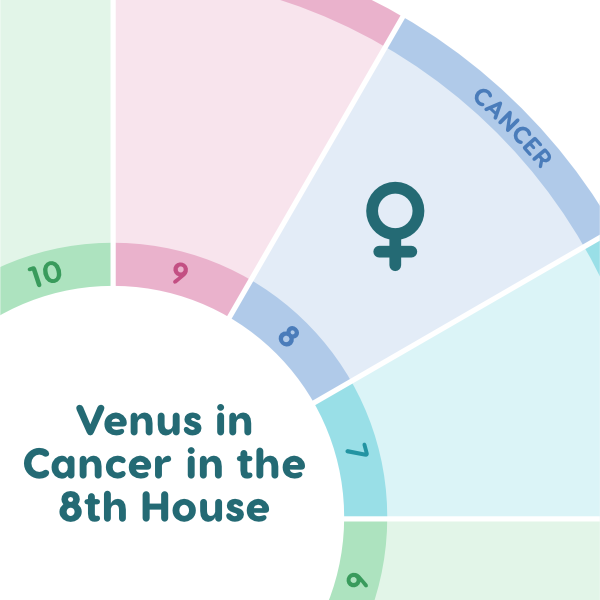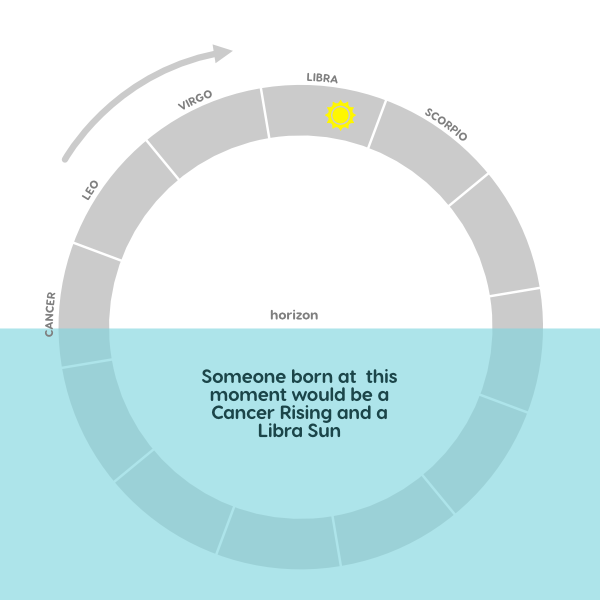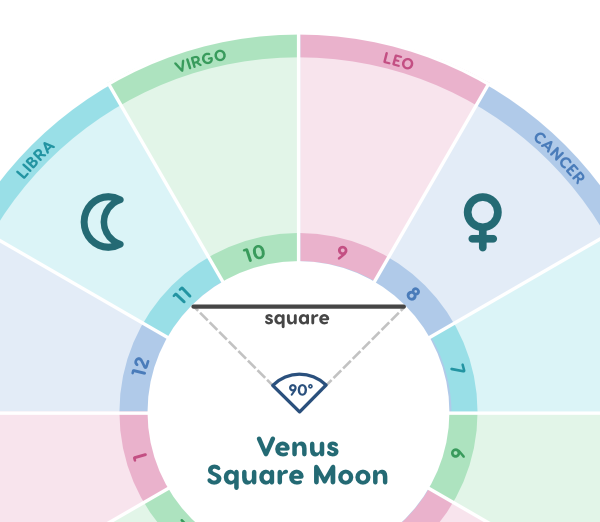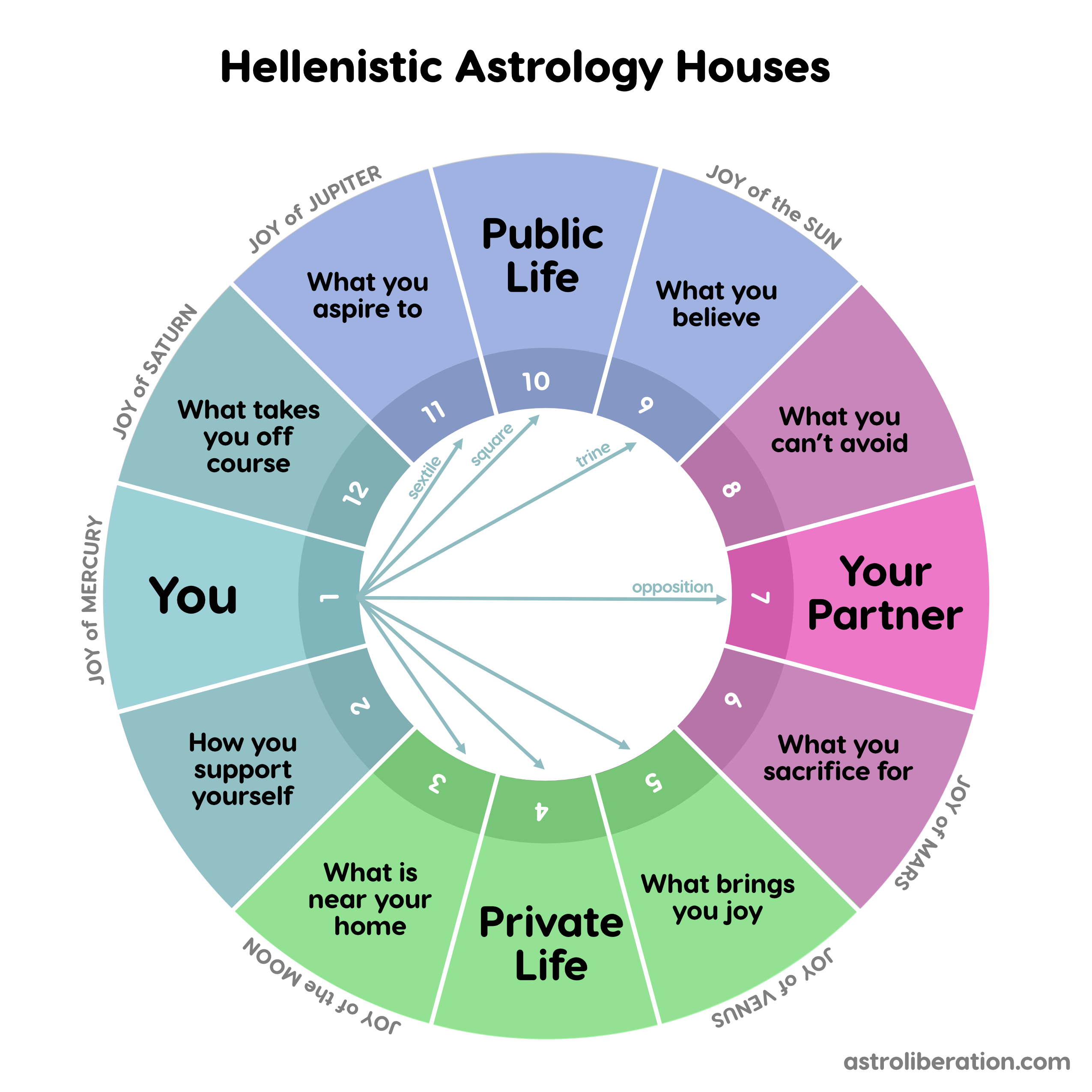Your natal chart (or any astrology chart) consists of placements and aspects. This page is an introduction to chart reading that will help you learn how to determine what your chart means. It also covers certain differences between modern and Hellenistic astrology and how to choose between them.
What are placements?

A placement is a planet or other chart point in a sign (Aries, Taurus, etc) and house (1st-12th). A placement sounds like this: "My Venus is in Cancer in the 8th house". The meaning of a placement is determined by synthesizing the symbolic meanings of each component together into a cohesive interpretation.
Do I need my birth time to know my placements?
You can determine certain things about your placements without a birth time, but not your rising sign, house placements, and often the moon sign will not be certain without a birth time.
To learn what signs most of your planets are in, usually the birth date is sufficient. The exceptions are if a planet is very close to a sign boundary (at 0 or 29 degrees). The Moon moves quickly and it changes signs every few days so being born in the morning or evening could mean a different moon sign.
Houses are based on the Earth’s daily rotation so they change every 2 hours. This means you must have an accurate birth time to know your correct rising sign and houses.
What is a “rising sign”?

Your rising sign or Ascendant is the exact degree of the sign that was on the eastern horizon when you were born. The sign that is rising changes every two hours, which is why you need your time of birth to determine your rising sign.
The signs are each 30 degree segments on a circle that is formed by the path of the Sun through the sky (called the ecliptic). The whole wheel appears to turn as the Earth spins, meaning each part of it rises just like the Sun does every morning.
If this is confusing, think of it this way: you know from looking at horoscopes that the Sun is in every sign for about a month. Think of what sign the Sun is in currently. Wherever the Sun is in the sky right at this moment— that’s where that sign is as well.
What are aspects?

An aspect is a geometric relationship between two planets or points on your chart. Different degree angles have different names. (0°=conjunction; 90°=square; 180°=opposition, etc) An aspect sounds like this: "My Venus is square my Moon" or "Venus is square Mars in my chart".
What are orbs?
Each aspect has an orb, which is a measure of how close the aspect is to exact. For example, if a square (normally 90°) is 93°, it has an orb of 3°. "Orb" can also refer to the maximum amount of variance from the exact angle that an astrologer allows for an aspect to have before they no longer consider it valid. For example, for a square, they may use a 10° orb, which means an angle that is anywhere between 80° and 100° would be considered a valid square.
Different schools of astrology have different opinions about orbs, and different software have different defaults that you can usually change. Major aspects like conjunctions, squares, and oppositions will have larger orbs, while minor aspects like sextiles or inconjuncts would have smaller orbs. Some people also allow larger orbs for the Sun and Moon.
How do you interpret symbols?
Once you know your placements and aspects, you can simply Google any of them like "Natal Mercury in Taurus" and get many descriptions. However, these descriptions can feel vague or generic, because they have to resonate with a lot of people.
Each description is based on synthesizing the symbolic meaning of the planet, sign, and/or house and describing different ways the various energies could combine. But that doesn’t mean they will combine in that exact way in your life. In other words, a generic interpretation may not describe your experience, as it cannot take into account the context of your life.
Astrology is more like dream interpretation than weather prediction
Astrology is a symbolic system, not a literal one. Each symbol represents a multitude of meanings, and combining them into something that makes sense is an art more than a science.
As an analogy, you can look up, “What does dreaming about a spider mean?”, and get generic interpretations, but to know how the spider symbolism relates to your life requires knowing about your life and putting the two together.
The magic of natal astrology happens in the space between you and the chart, when you apply the symbolic meanings of astrological symbols to understand yourself and how your life has unfolded.
Doing this level of interpretation for strangers takes a lot of study and practice to do well. However, I think everyone can benefit by learning about their own chart.
How do you learn astrology?
Learning astrology on a deeper level can be difficult, and everyone feels overwhelmed at first. That doesn’t mean you can’t learn it. It just means this is a 2000 year old system that has a huge amount of detail to it—and not everyone agrees on all the details.
I recommend starting with mastering the basics: the major Planets, the Signs, and the Houses. I also created a printable PDF of the houses. These are the bedrock of all astrological interpretation.
Putting together the meaning of a planet, sign, and house can be pretty daunting, but there are a few shortcuts that you should be aware of that make it easier.
Astrology has underlying patterns to it
Each sign has an element and mode. By memorizing these, you can quickly understand certain characteristics of a sign. For example, knowing Virgo is a mutable earth sign tells you that they are practical (earth), and adaptable (mutable). From that, you can understand why Virgo is so oriented toward problem-solving. When mutability meets water (in Pisces), the emotional and sensitive nature of water creates a dreamy and intuitive sign that blurs boundaries between reality and fantasy.
| Air | Earth | Fire | Water | |
|---|---|---|---|---|
| Cardinal | Libra | Capricorn | Aries | Cancer |
| Fixed | Aquarius | Taurus | Leo | Scorpio |
| Mutable | Gemini | Virgo | Sagittarius | Pisces |
| Houses | Type | |
|---|---|---|
| Fire | 1st, 5th, 9th | Self-actualization |
| Earth | 2nd, 6th, 10th | Work |
| Air | 3rd, 7th, 10th | Social |
| Water | 4th, 8th, 12th | Private |
Hellenistic vs Modern Astrology
Hellenistic astrology is the original ancient Greek astrological system. Many parts of it were only revived starting in 1993 through the translation work of Project Hindsight.
Before that, astrology was working a bit blind to its own tradition, and had strayed from its roots. The rest of this page will discuss some of the differences and why you may want to use Hellenistic rather than modern techniques.
- Which house system should I use?
- Should I use modern planets as rulers or only traditional rulers?
- Should I use the “12-letter alphabet” (covered below) or keep sign, house, and planet meanings separate?
But after learning more, I realized that the way Hellenistic astrology works is a complete and self-contained system, and all of the pieces work together. The various schools of modern astrology are not strictly based on this system, but rather use some parts of it and not other parts, as well as using later techniques and concepts that were not part of Hellenistic astrology.
I have leaned a lot from modern astrologers, especially relative to the outer planets. But I also want to learn how to use the system as it was originally designed. I think there is an integrity and elegance to it that I didn’t appreciate at first. But like most contemporary astrologers who study Hellenistic astrology, I will probably end up with some combination of ancient and modern techniques in the end.
This site supports both modern and traditional options for house system and rulers within account settings, but it defaults to traditional rulers and Whole Sign houses if you are not logged in.
I had originally set AstroLiberation to default to Placidus houses and modern rulers, but changed it in the summer of 2025 as I started learning Hellenistic astrology. The Evolutionary Astrology based reports (Pluto Lessons, Karmic Axis) still use Porphyry houses, as that is the house system EA uses.
What are Planetary Rulers?
When a planet rules a sign, you can look to that ruler for information about the house whose cusp has that sign. For example, if a house is empty, you can look at the placement and aspects of the ruler of that house cusp's sign for information about that area of life. Rulership ties two areas of your life together.
Rulership also ties two areas of your life together. For example, the ruler of the 2nd in the 3rd might indicate writing (3rd) about how you earn your income (2nd). The ruler of the 5th in the 2nd might indicate making money (2nd) with your hobbies (5th).
Traditional rulers
In the original Hellenistic astrological system, the rulership was as follows:
| Day/Yang | Night/Yin | |
|---|---|---|
| Mercury | Gemini | Virgo |
| Venus | Libra | Taurus |
| Mars | Aries | Scorpio |
| Jupiter | Sagittarius | Pisces |
| Saturn | Aquarius | Capricorn |
| Sun | Leo | |
| Moon | Cancer |
Modern rulers
Starting in the 1700s, we discovered many more objects in our solar system besides the visible planets that astrology was based on. These have been incorporated into modern astrology in various ways.
Most astrologers acknowledge a resonance between Uranus and Aquarius, Neptune and Pisces, and Pluto and Scorpio. There is disagreement about if they should be ruling those signs, because rulership is central to the original symmetry of the astrological system which did not involve these outer planets.
- Some astrologers only use traditional rulers as shown above.
- Some astrologers replace the traditional rulers for these three signs, using Uranus as the ruler of Aquarius, Neptune as the ruler of Pisces, and Pluto as the ruler of Scorpio.
- Some use them as "co-rulers" alongside the traditional rulers.
The argument for modern rulers
These new planets do show a striking similarity to these signs. (Although, it is also true that the meaning of these signs has started to drift toward the planetary meanings due to conflation.)
The argument against replacing traditional rulers with modern ones
The signs were originally seen as being "temples of the Gods". Venus being in a sign ruled by Mars said something about the relationship of Venus and Mars in your chart: Venus is in the domain of Mars and has to follow his rules but also has access to his resources. This affected whatever aspect (or not) that was made between them (this impact is called "reception") and created a "host and guest" dynamic.
Removing traditional rulers also breaks the dignity scheme (fall, detriment, exaltation, domicile), which is core to interpreting the condition of a planet in your chart.
My take
When I first started learning astrology, I used modern rulers as they are widespread. I assumed “new must be better” and thought there must be a good reason the older rulers were replaced. I also just didn’t understand how the system of rulers and dignity worked and it felt confusing.
When I started studying the Hellenistic astrology, my feeling started to change. I began to understand why it was designed this way, and now I only use traditional rulers. Using modern rulers fundamentally breaks astrology as it was originally used, and it is simply not necessary. We can incorporate new astrological bodies without changing the rulership scheme of the original planets.
What is the “12-letter Alphabet”?
This refers to how modern astrology often associates each house with a sign and its ruler. This is a popular way of learning the house meanings, and is codified in some systems (like Evolutionary Astrology).
The problem: house meanings did not originate from sign meanings
Houses and signs did not originally have anything to do with each other. So while it is common in modern astrology to conflate sign and house meanings, it doesn’t make as much sense when you realize how astrology developed.
- Signs meanings derived from the planets that ruled them by domicile and exaltation, and the changing ratio of light and dark during the time of year the Sun was in that sign.
- The house meanings derived from the Whole-Sign aspect that house made to the first house, the position each house had relative to the closest angular house (1st, 4th, 7th, 10th), and which planet found its Joy there (if any).
The Hellenistic house derivations are illustrated below. Note that the shaded houses (2nd, 6th, 8th, 12th) are not visible from the first and thus are the weakest houses (with the 2nd being the least bad). They are the least visible to the self, thus the most unconscious and problematic.
You can see from this that for example, the 3rd house meanings are derived from its proximity to the 4th, not from Gemini or Mercury. Jupiter is associated with the 11th not the 9th, and the Sun with the 9th not the 5th.

Which house system should I use?
Modern astrology usually uses Placidus, a quadrant-based house system. Hellenistic astrology uses Whole Sign Houses. Your chart may shift a lot if you change house systems, and it can take some getting used to.
Quadrant-Based Houses
Quadrant house systems first divide the chart into 4 quadrants with the Ascendant, IC, Descendent, and Midheaven as the cusps of the 1st, 4th, 7th, and 10th houses. From there, different systems subdivide the quadrants to create the remaining houses using different calculations.
Placidus is the most common modern house system, and is often the default in astrological software. Porphyry is used by the Jeffrey Wolf Green school of Evolutionary Astrology.
Whole Sign Houses
Hellenistic astrology used Whole Sign Houses, where each house corresponds to the entirety of a sign. This is very simple and straightforward, and I have come to prefer it after using it for awhile.
In Whole Sign Houses, the Ascendant is always in the first house, and therefore the Descendant is always in the 7th, but they do not form the cusps. The cusps are always at 0 degrees of each sign. The Midheaven can show up anywhere from the 8th to the 11th house, although the 9th and 10th are most common. The IC is opposite and can be in the 3rd-5th house.